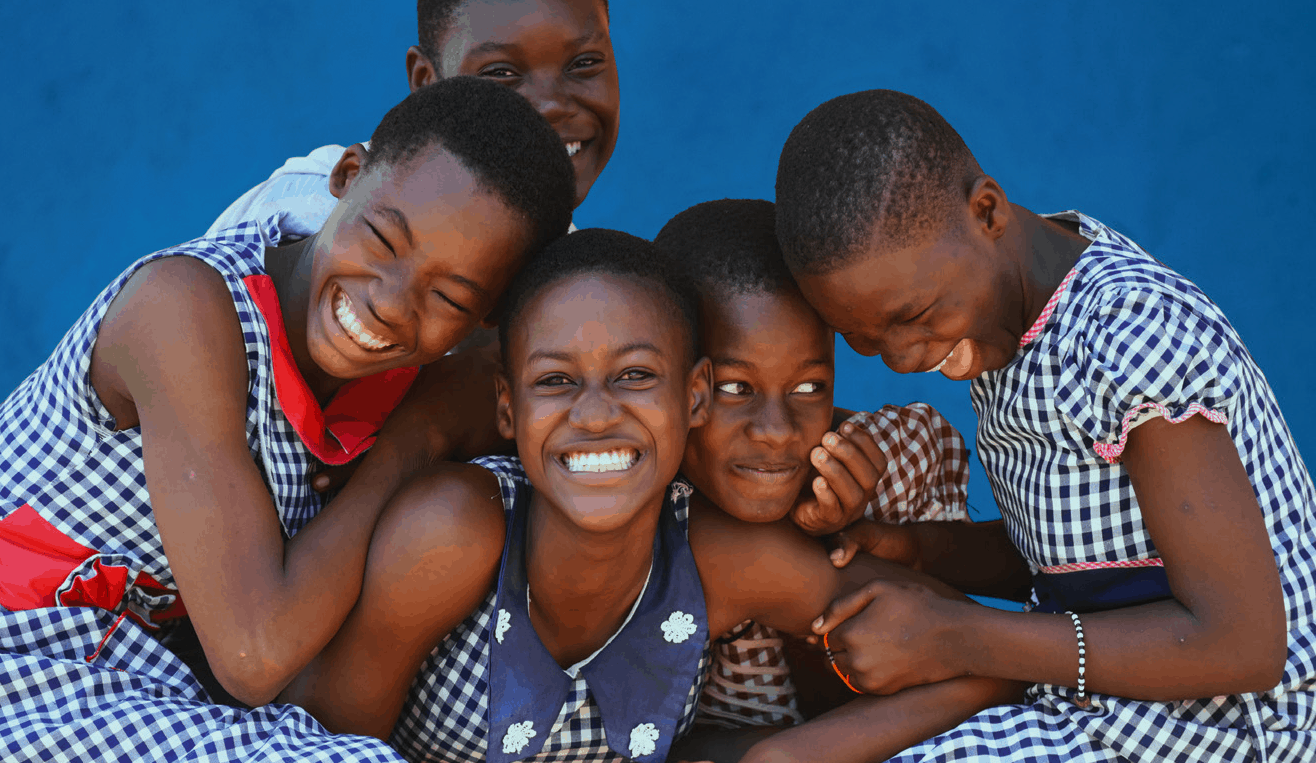
The health and well-being of adolescents are fundamental to a country’s social and economic progress. Home to 120 million individuals aged 10-19, West and Central Africa, along with Eastern and Southern Africa, has the highest proportion of adolescents of any region, globally, and the adolescent population is excepted to grow 37 per cent by 2030.
As they transition from childhood to adulthood, adolescents acquire the physical, cognitive, emotional, social and economic resources that serve as the foundation for health and well-being later in life. But this is also a vulnerable period in which girls and boys are exposed to new risks. It is a period in which gender norms consolidate, often to the disadvantage of girls. The onset of puberty can be a signal for constraining girls’ movement, schooling, sexuality and life exposure.
Adolescent girls in regions like West and Central Africa also face social pressures to marry and bear children, jeopardizing their ability to acquire the education and resources needed for adulthood and resulting in lifelong consequences for girls, their children and their communities.
This brochure presents a statistical snapshot of the health and well-being of adolescent girls in West and Central Africa, along select dimensions. It also examines the intergenerational effects of adolescent childbearing on the health and nutrition of children born to adolescent mothers in the region.